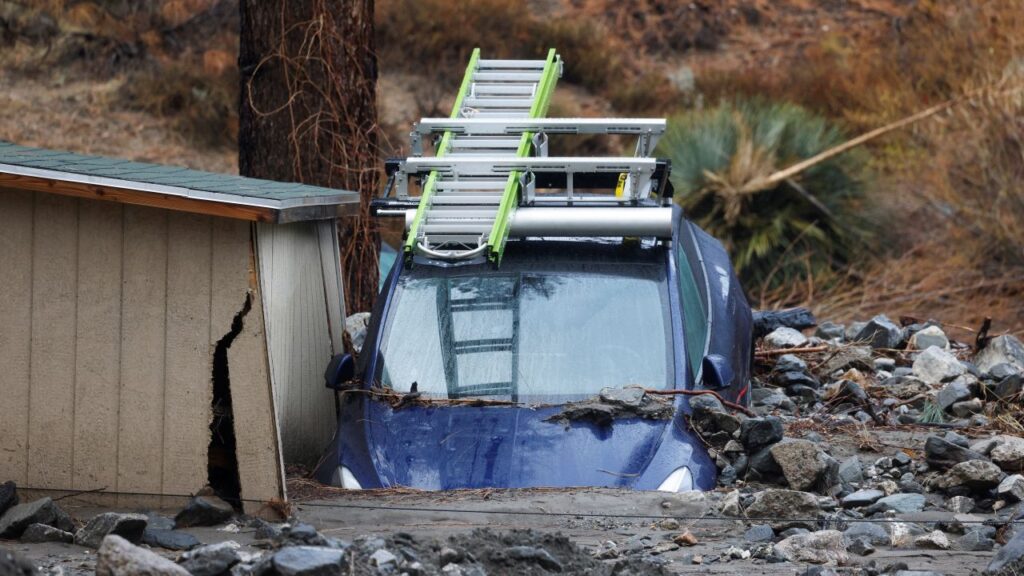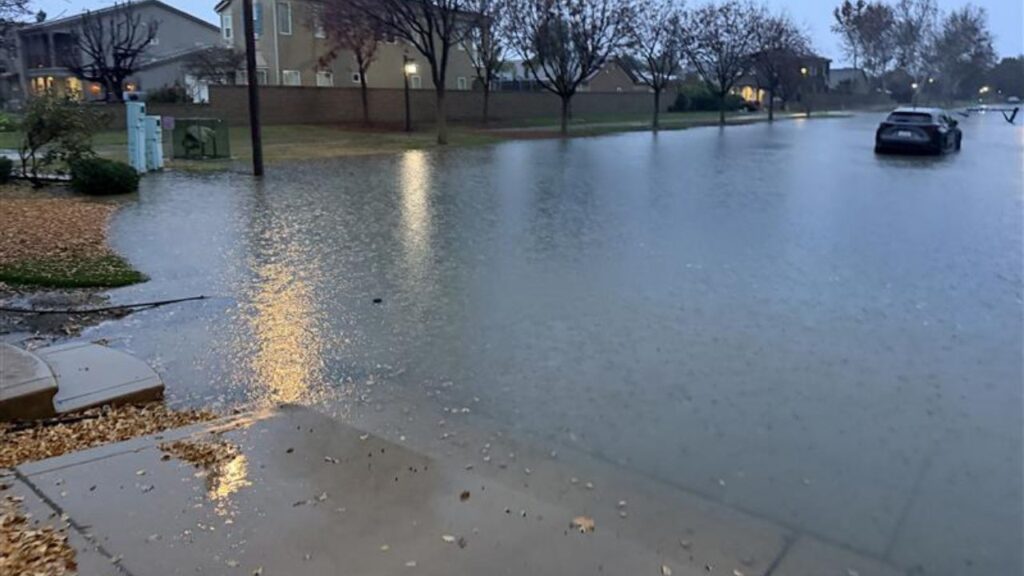Share
After significant success in other sectors, California is getting serious about reducing greenhouse gas emissions from one of the hardest areas to decarbonize: heating in homes, businesses and industrial applications.
To ensure success, flexible policy making is required.

Sam Wade
Opinion
Special to CALmatters
Californians are familiar with green technology. Solar panels, wind turbines, and electric cars are common sights. But other areas of life remain untouched by the state’s push toward a clean economy.
For example, the way we produce and use heat for cooking, space heating, and industrial processes still relies on traditional fuels, such as natural gas.
Experts agree on the universe of options to reduce greenhouse gas emissions from these sources. We can cut the use of fuel — through efficiency upgrades or changes in behavior, including smart thermostats and improved process controls — or change the type of fuel used to create the heat.
Renewable Natural Gas Could Replace up to 20 Percent of Fossil Natural Gas
One proven option available today is the use of renewable natural gas, or biogas-derived biomethane. Unlike fossil natural gas, renewable natural gas production does not utilize technologies like hydraulic fracturing.
Instead, renewable natural gas is produced from the largest waste streams in society today — landfills, diverted food waste, wastewater plants, and livestock operations. These waste sources emit methane —a highly potent greenhouse gas — into the atmosphere.
Renewable natural gas projects prevent this from happening, by capturing the methane and converting it into an ultra-low-carbon renewable fuel or electricity.
Experts at UC Davis say we could use renewable natural gas to replace up to 20 percent of the fossil natural gas in California. Renewable natural gas takes advantage of and decarbonizes existing infrastructure built for fossil gas, without the need for costly upgrades or retrofits.
Renewable natural gas and other viable technologies — such as deep building electrification and solar thermal — should be allowed to compete to minimize consumer costs. Studies show that when renewable natural gas is used in tandem with electrification the outcome is more cost-effective than getting rid of all gas appliances in homes and commercial buildings.
Tackling Greenhouse Gas Emissions From Heating Won’t Be Easy
Fortunately, California already knows how to set up flexible policies that create competition across a variety of greenhouse gas reduction options. For example, the California Air Resources Board’s Low Carbon Fuel Standard is a fuel-neutral, market-based program that reduces the lifecycle greenhouse gas emissions of transportation fuels.
The program has eight years of proven success and the same concepts could be used to create a policy to promote cleaner options in heating.
Using a policy similar to the low carbon fuel standard for heating would ensure the lowest cost outcome and facilitate consumer choice so that individuals, families, and businesses would be able to select the type of renewable heat they prefer to use.
To set the stage for such a comprehensive policy, voluntary programs for renewable natural gas — such as the one recently proposed by Southern California Gas Company — should be encouraged.
Tackling greenhouse gas emissions from heating won’t be easy. Many of the devices involved last a long time and are expensive to replace. Efficiency, electrification, and other technologies will be helpful options when equipment has reached the end of its useful life. But if we want to reduce the carbon footprint of our stoves, water heaters, and heating systems as quickly as possible, the solution must also include renewable natural gas.
About the Author
Sam Wade is the director of state regulatory affairs for the Coalition for Renewable Natural Gas, sam@rngcoalition.com. He wrote this commentary for CALmatters, a public interest journalism venture committed to explaining how California’s Capitol works and why it matters.
[activecampaign form=19]


















